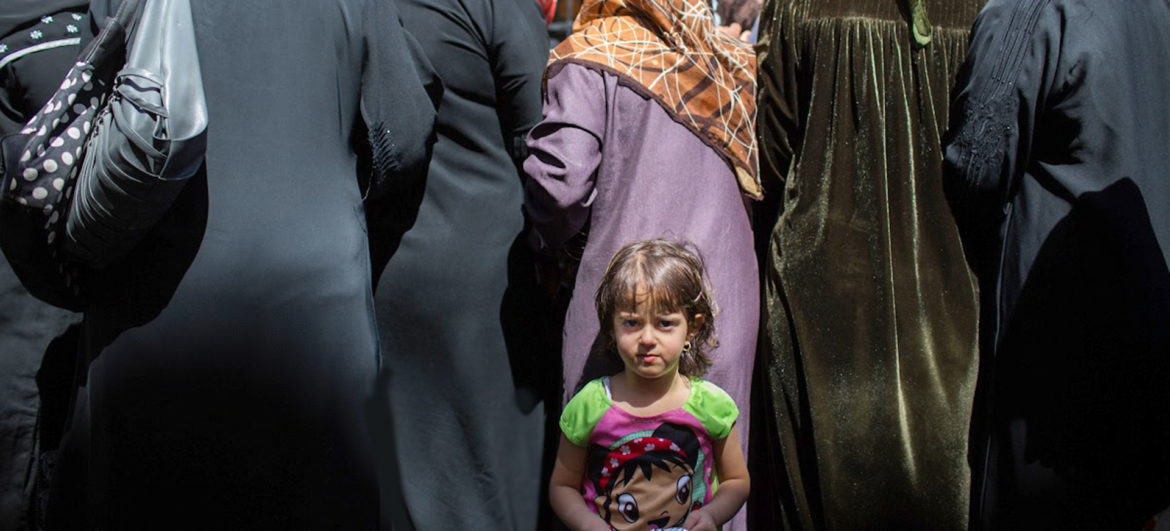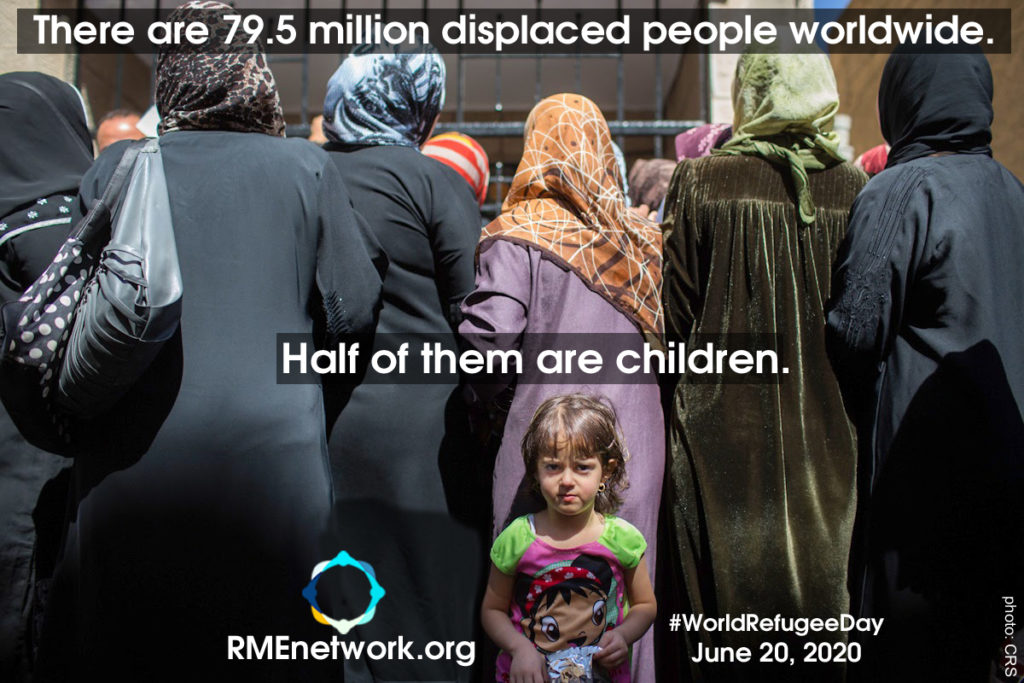Quis autem velum iure reprehe nderit. Lorem ipsum dolor sit nulla or narjusto laoreet onse ctetur adipisci.
Quis autem velum iure reprehe nderit. Lorem ipsum dolor sit nulla or narjusto laoreet onse ctetur adipisci.

The New 1%
 June 18, 2020 Two days ahead of World Refugee Day, UNHCR, the UN Refugee Agency, appeals to countries worldwide to do far more to find homes for millions of refugees and others displaced by conflict, persecution, or events seriously disturbing public order.
June 18, 2020 Two days ahead of World Refugee Day, UNHCR, the UN Refugee Agency, appeals to countries worldwide to do far more to find homes for millions of refugees and others displaced by conflict, persecution, or events seriously disturbing public order.
In their annual Global Trends report, released today, UNHCR recorded that an unprecedented 79.5 million people were displaced as of the end of 2019 and that forced displacement is now affecting more than one per cent of humanity–1 in every 97 people.
The report also notes diminishing prospects for refugees when it comes to hopes of any quick end to their plight, with fewer and fewer of those who flee able to return home. In the 1990s, on average 1.5 million refugees were able to return home each year. Over the past decade that number has fallen to around 385,000, meaning that growth in displacement is today far outstripping solutions.
“We are witnessing a changed reality in that forced displacement nowadays is not only vastly more widespread but is simply no longer a short-term and temporary phenomenon,” said UN High Commissioner for Refugees Filippo Grandi. “People cannot be expected to live in a state of upheaval for years on end, without a chance of going home, nor a hope of building a future where they are. We need a fundamentally new and more accepting attitude towards all who flee, coupled with a much more determined drive to unlock conflicts that go on for years and that are at the root of such immense suffering.”
UNHCR’s Global Trends report shows that of the 79.5 million people displaced at the end of last year, 45.7 million were people who had fled to other areas of their own countries. The rest were people displaced elsewhere, 4.2 million of them being people awaiting the outcome of asylum requests, while 29.6 million were refugees and others forcibly displaced outside their country.
The increased displacement figures, from 70.8 million at the end of 2018, is a result of two main factors. First, is a worrying growth in displacement in 2019, particularly in Democratic Republic of the Congo, the Sahel, Yemen and Syria (now in its tenth year of conflict and accounting on its own for 13.2 million refugees, asylum seekers, and internally displaced people–a sixth of the world’s total).
Second is better documentation of the situation of Venezuelans outside their country, many of whom are not legally registered as refugees or asylum-seekers, but for whom protection-sensitive arrangements are required.
Within this massive figure–70.9 million displaced–are individuals and very personal crises. An estimated 30-34 million displaced children, tens of thousands of them unaccompanied, outnumber the entire populations of Australia, Denmark and Mongolia combined. Children make up roughly 45% of displaced population despite comprising only 25% of the global population. Meanwhile, only 4% of the displaced are aged 60 and above, far below that of the world population of 12%–a statistic that speaks to the tearing apart of families and generations as well as the immeasurable heartbreak, desperation, sacrifice of displaced persons.
8 facts about forced displacement
- 100 million people (low estimate) were forced to flee their homes in the past decade, seeking refugee either in or outside their countries. That is more people fleeing than the entire population of Egypt, the world’s 14th most populous country.
- Forced displacement has almost doubled since 2010 (41 million then vs 79.5 million now).
- 80% of the world’s displaced people are in countries or territories affected by acute food insecurity and malnutrition – many of them countries facing climate and other disaster risk.
- More than three-quarters of the world’s refugees (77%) are in situations of long-term displacement–for example the situation in Afghanistan, now in its fifth decade.
- More than 8 out of every 10 refugees (85%) are in developing countries, generally a country neighboring the one they fled.
- Five countries account for two-thirds of people displaced across borders: Syria, Venezuela, Afghanistan, South Sudan and Myanmar.
- Global Trends Report counts all major displaced and refugee populations, including the 5.6 million Palestine refugees who fall under the care of the United Nations Relief and Works Agency for Palestine.
- The 2030 Sustainable Development commitment of “leaving no one behind” now explicitly includes refugees, thanks to a new indicator on refugees approved by the UN Statistical Commission in March this year.

You must be logged in to post a comment.